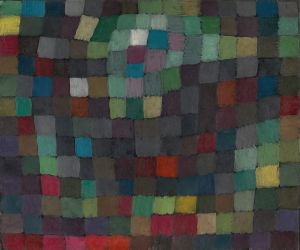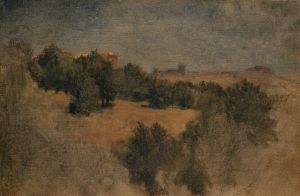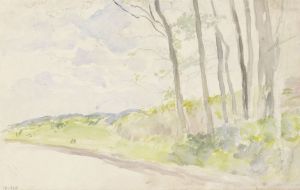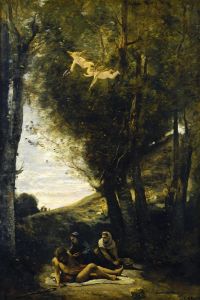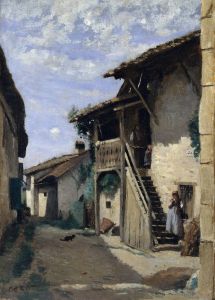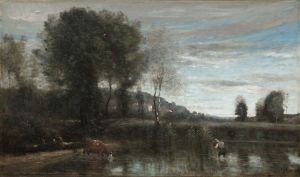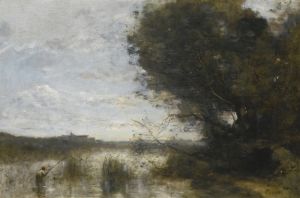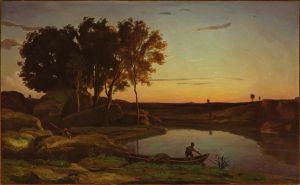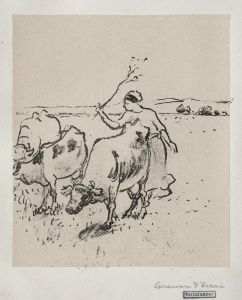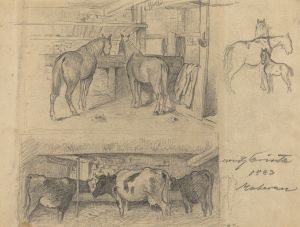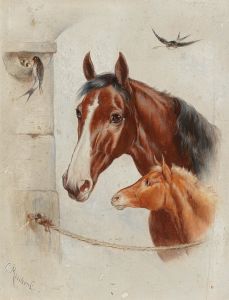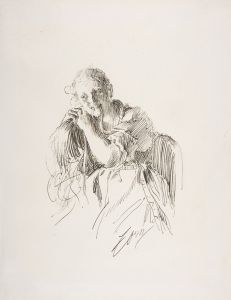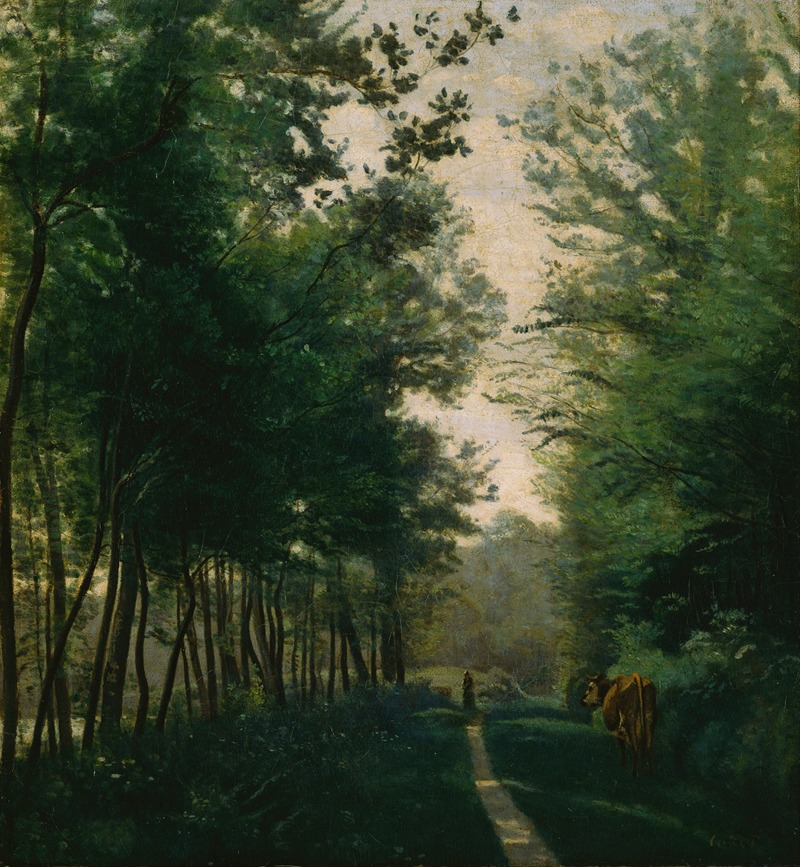
Ville d’Avray
A hand-painted replica of Jean-Baptiste-Camille Corot’s masterpiece Ville d’Avray, meticulously crafted by professional artists to capture the true essence of the original. Each piece is created with museum-quality canvas and rare mineral pigments, carefully painted by experienced artists with delicate brushstrokes and rich, layered colors to perfectly recreate the texture of the original artwork. Unlike machine-printed reproductions, this hand-painted version brings the painting to life, infused with the artist’s emotions and skill in every stroke. Whether for personal collection or home decoration, it instantly elevates the artistic atmosphere of any space.
Jean-Baptiste-Camille Corot was a prominent French landscape painter and a pivotal figure in the transition from Neoclassicism to Impressionism. One of his notable works, "Ville d’Avray," captures the serene beauty of the French countryside, a subject Corot frequently explored throughout his career. This painting is part of a series of works that depict the village of Ville-d'Avray, located near Paris, where Corot's family owned a house. The village and its surrounding landscapes provided a rich source of inspiration for Corot, who painted numerous scenes of the area over several decades.
"Ville d’Avray" exemplifies Corot's mastery of capturing light and atmosphere, hallmarks of his style that would later influence the Impressionists. The painting typically features a tranquil scene with a pond or lake, bordered by trees and often accompanied by figures engaged in leisurely activities. Corot's use of soft, muted colors and delicate brushwork creates a sense of calm and introspection, inviting viewers to immerse themselves in the peaceful rural setting.
Corot's approach to painting was characterized by his ability to blend realism with an idealized vision of nature. He often worked en plein air, or outdoors, which allowed him to observe and capture the natural light and its effects on the landscape. This practice was relatively innovative at the time and laid the groundwork for the Impressionist movement, which would emerge in the latter half of the 19th century.
In "Ville d’Avray," Corot's attention to detail is evident in the way he renders the reflections on the water and the interplay of light and shadow among the trees. His compositions are carefully balanced, often featuring a harmonious arrangement of natural elements that guide the viewer's eye through the scene. The presence of human figures, although secondary to the landscape, adds a narrative element to the work, suggesting a connection between people and their environment.
Corot's influence extended beyond his own time, as his techniques and thematic focus on nature resonated with later artists. The Impressionists, in particular, admired his ability to convey mood and atmosphere, and his work was seen as a bridge between the more structured compositions of earlier landscape painting and the freer, more spontaneous approach of Impressionism.
"Ville d’Avray" is not just a representation of a specific location; it embodies Corot's broader artistic philosophy, which emphasized the emotional and spiritual connection between humans and nature. His paintings of Ville-d'Avray, including this piece, are celebrated for their timeless quality and their ability to evoke a sense of tranquility and reflection.
Today, Corot's works, including "Ville d’Avray," are held in high esteem and can be found in major art museums around the world. They continue to be studied and appreciated for their contribution to the development of modern landscape painting and their enduring beauty. Through his depictions of Ville-d'Avray, Corot has left an indelible mark on the art world, capturing the essence of a place and a moment in time with unparalleled sensitivity and skill.





